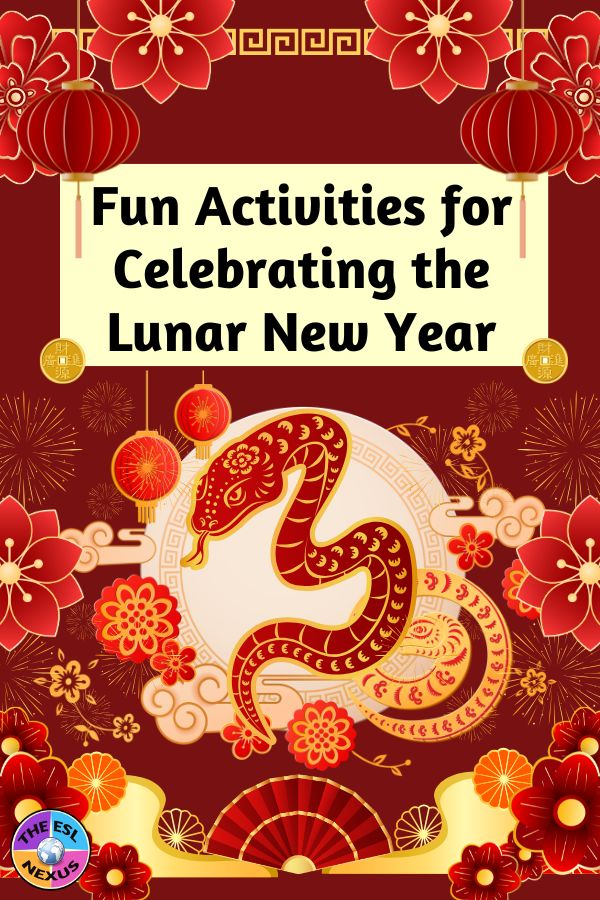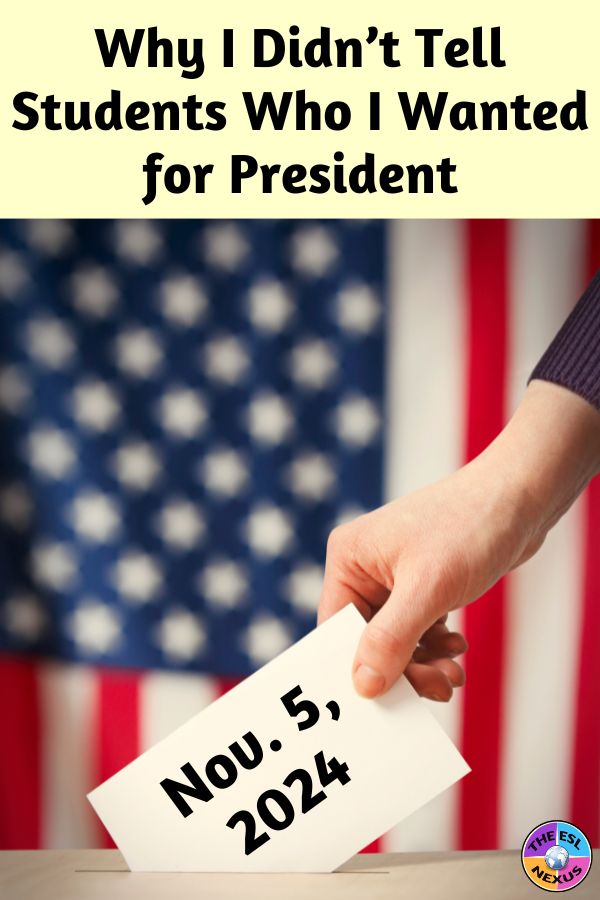Do you know when crossword puzzles and word search puzzles were invented? It’s much later than you probably think! Read on to find out when they were first created, why crossword puzzles and word search puzzles are useful for students, and how they can help teachers.
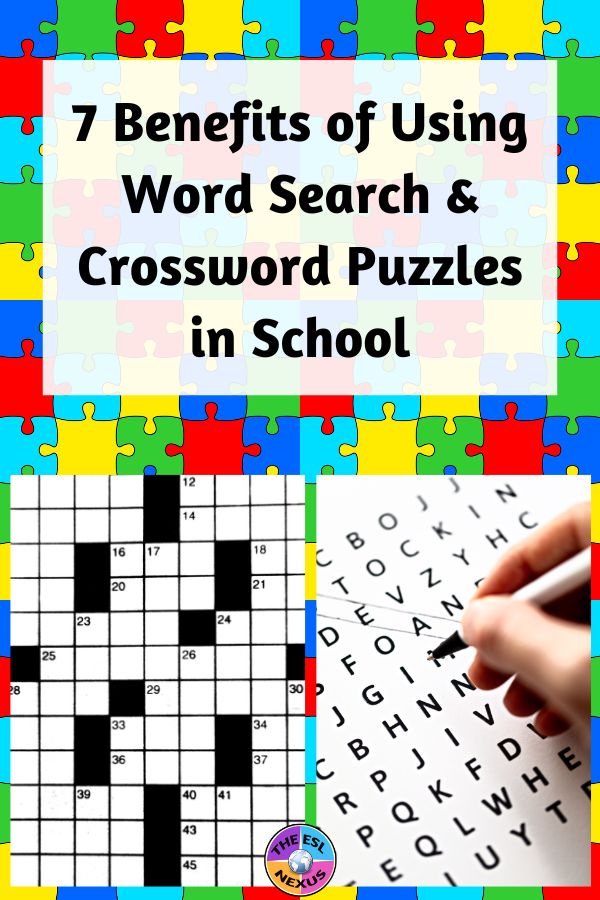 |
| Source: The ESL Nexus |
Origins of Crossword Puzzles and Word Search Puzzles
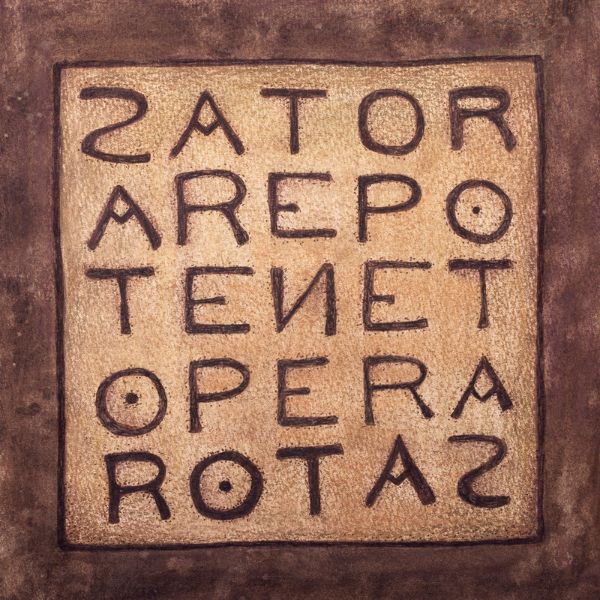 |
| Source: DepositPhotos |
Crossword puzzles, on the other hand, weren’t invented until 1913. That’s when Arthur Wynne created and published what’s considered the first one in a New York newspaper. There were clues to words and squares in which to write the letters of the answers. It had a diamond shape but unlike modern crossword puzzles, it didn’t have blank black squares interspersed throughout the puzzle.
Word search puzzles are even more recent. Two men are generally given credit for inventing them. The first man, Norman E. Gibit, was an American in Oklahoma; he published a newspaper consisting of advertisements and wanted to include something different to keep his readers interested. He developed a word search using the names of Oklahoma streets as the words to find and published it in 1986. The other man was Pedro Ocón de Oro of Spain; during the 1960s, he created numerous Sopa de Letras puzzles, which means Soup of Letters in English and has the same concept.
Why Use Crossword Puzzles and Word Search Puzzles
* Students enjoy them because they are fun. When students do something fun, they are more engaged in learning and the learning lasts longer.
* Students can do them on their own or with a partner, and you can even display them on an interactive whiteboard to do them as a whole class activity.
* You can use them for many purposes: As a reward, as a filler if you finish a lesson early, as homework, and in centers as independent or small group work.
* They often have different levels of difficulty, which helps you meet the needs of all your students. One crossword puzzle or word search puzzle may use the same core groups of words but have an easy version, an intermediate version, and a hard version so students with a range of abilities can do them and feel successful in solving them.
* Word search printable and digital formats are available; likewise, crossword puzzles in printable and online versions are available.
* You can use them to teach, develop, and review vocabulary about Social Studies, Science, and Math topics as well as Language Arts subjects. For example, you can use a word search puzzle or a crossword puzzle to help students learn about famous people, holidays around the world, scientific discoveries, math concepts, and types of literary genres.
* Students can create their own crossword puzzles to demonstrate what they’ve learned about a topic. You can use their puzzles as formative assessments to evaluate their learning.
Where to Find Crossword Puzzles and Word Search Puzzles
and they won’t be tailored to your students or lessons. You can also
find free puzzle generators to make your own but that’s time-consuming
because you have to first learn how to use the program and then take the
time to create them.
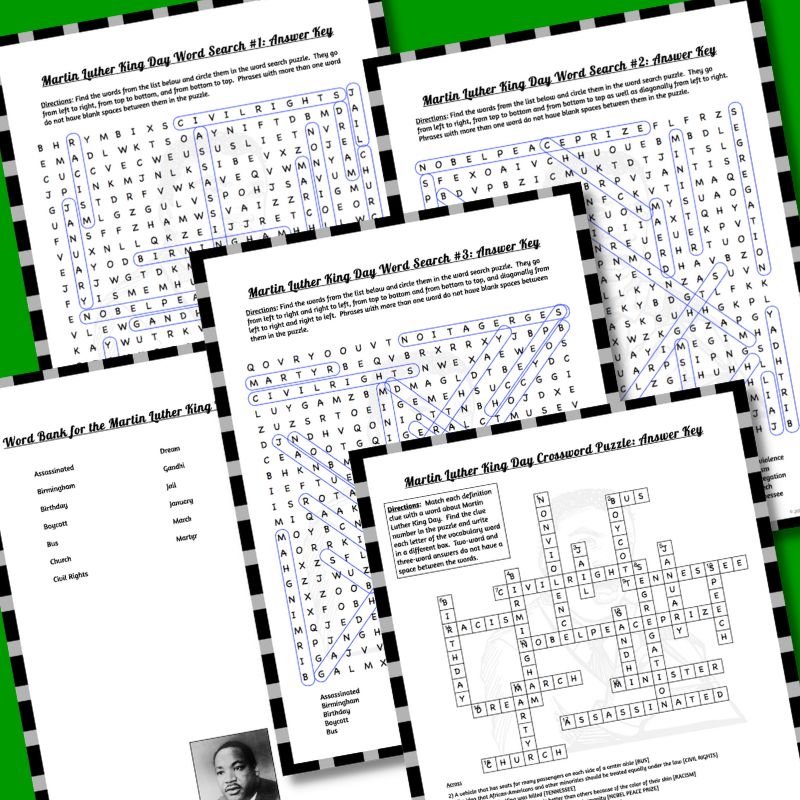 |
| For info about this Martin Luther King, Jr. Day resource, please click HERE |
A more convenient option may be the resources in my TPT store:
* Many of my Social Studies resources include word search puzzles and crossword puzzles along with other content; for example, my resources about Early Humans in the Neolithic through the Iron Ages, The Vikings, Chinese Dynasties, Emperors & Philosophers, Ancient Indian Empires & Emperors, Early American Colonies, and Presidential Elections.
* For Science, there is a printable word search puzzle in my Scientific Method Activities product. There are also 2 more resources in this product.
Of course, answer keys for the crossword puzzles and the word search puzzles are included in all resources. Plus, directions on how to circle or cross out the words in the word search puzzles and how to type crossword puzzle answers in the digital versions are provided too.
There are so many reasons and ways to use crossword puzzles and word search puzzles in your teaching – if you haven’t used these kinds of puzzles before, try one today!

